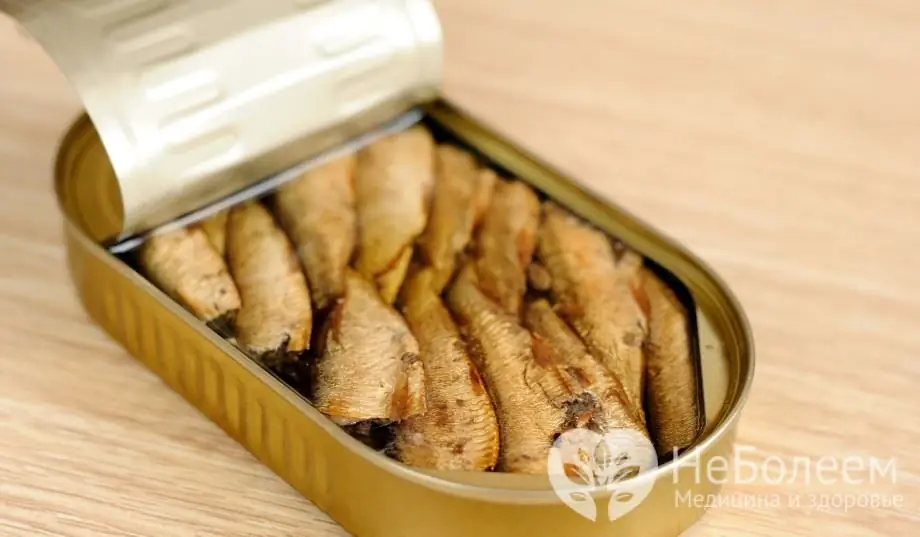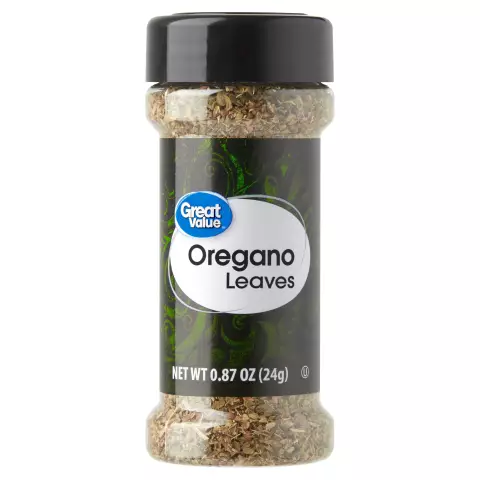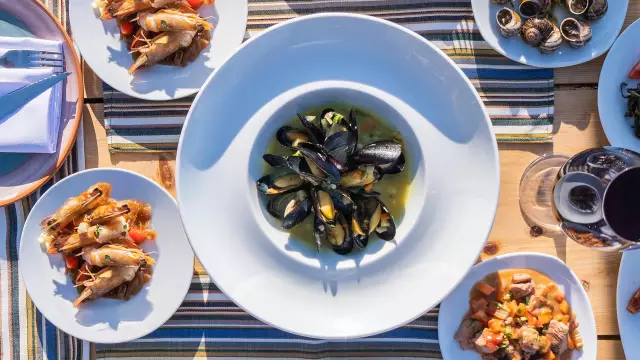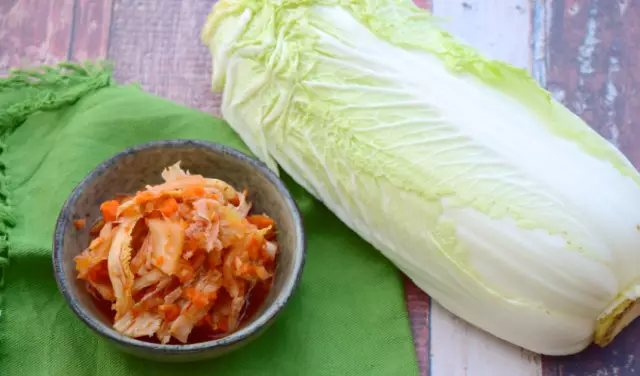- Author Rachel Wainwright [email protected].
- Public 2023-12-15 07:39.
- Last modified 2025-11-02 20:14.
Sprats
Sprats are a marine fish from the herring family, which reach a length of up to 18 cm and have a body weight of up to 15 g. Sprats have gray scales with a silvery sheen. This fish feeds on zooplankton, reaches full maturity at 2 years and lives up to 6 years.
The ratio of BJU in the product

Source: depositphotos.com How to burn 137 kcal?
| Walking | 34 minutes |
| Jogging | 15 minutes. |
| Swimming | 11 minutes |
| A bike | 20 minutes. |
| Aerobics | 27 minutes |
| Household chores | 46 minutes |
Biological features and distribution
There are four main types of this fish:
- European sprats that live in the seas of the European coast, Norway and the Black Sea;
- South American sprats that live in Patagonia;
- New Zealand sprats;
- tasmanian sprats.
European sprats are a popular commercial fish that is used to make canned food and import it around the world.
Sprat is actively caught in Russia, Latvia, Bulgaria, Denmark, Norway and Yugoslavia. The most valuable is the Baltic type of this fish, which contains a large amount of fat, has a pleasant taste and aroma. This fish is especially popular in Europe in salted form.
Caloric content of sprat
Fish sprat is a low-calorie product that is suitable for a diet. The calorie content of sprat is 136 kcal, and fish also contains 17 g of protein and 7 g of fat.
Canned food is a high-calorie product that is not suitable for a diet. The calorie content of sprat in the form of canned food is 363 kcal, and they also contain 17.5 g of proteins, 32 g of fat and 0.5 g of carbohydrates.
Useful properties of sprat
Sprats are great for their amino acid content and easily digestible protein. Fish tissues contain fatty acids, which normalize the activity of the cardiovascular system, improve blood circulation in the brain, relieve symptoms of depression and help restore joints in various diseases.
Sprats are a source of vitamins A, B and E, as well as minerals such as phosphorus, chromium, calcium and potassium.
Regular consumption of this fish allows for the prevention of diabetes, osteoporosis, arthritis and thrombosis.
Sprat canned food contains a large amount of fat and is rich in macronutrients such as sodium, chlorine and magnesium, as well as trace elements (zinc, fluorine, iron). These beneficial substances stabilize blood glucose levels, strengthen blood vessels and prevent the formation of malignant tumors. Vitamins D, E, PP, B6, B2 and B9 have a positive effect on cell regeneration, brain function and skin condition. Also sprats contain omega-3 fatty acids, which normalize cholesterol levels.
Cooking sprat
In Europe, sprats are most popular in the form of canned food. When making them, the fish are sorted, leaving only whole and solid, and small and damaged fish are sifted out onto a paste. The selected fish is processed and then smoked in special workshops and placed in cans. In the summer, the fish has a large fat reserve, so it is placed in jars, belly up. And also vegetable oil is poured into the container and sent for sterilization.
Their taste and aroma, as well as their integrity and shelf life, depend on the correct preparation of sprat. After some time of storage, the oil soaks into the sprats, and they acquire a special pleasant taste. Experts note that sprats that have been in jars for a year will be tastier, rather than freshly prepared canned food.
Currently, the Baltic species of this fish has significantly decreased, therefore, other types of fish are often used in the production of canned food: sprat, herring and sprat. Therefore, the name of canned food began to personify not the type of fish, but the method of its preparation.
With the correct preparation of sprat and the necessary sequence of technologies, the fish in the jar does not crumble, does not have swelling of the skin and is not overdried. If, when you open canned food, the fish is whole with a golden tint and spread out in an even row, then it is a quality product. Canned food contains fish, vegetable oil and salt.

Sprats can be eaten not only in the form of canned food, they can be used to prepare fish soup, various fish dishes, cutlets, sandwiches and sandwiches, salads.
With the regular use of this fish, the aging process slows down and the body is saturated with the necessary amount of vitamin E, and metabolic processes are normalized.
Contraindications
In some cases, sprats can cause allergic reactions. Also, this fish should not be consumed by people with gout, severe diseases of the digestive system and intestinal disorders.
Canned sprat should not be included in the diet of overweight people who follow a dietary menu.
If benzopyrene, which is a carcinogen, is formed during the manufacture of canned food, then such sprats, if used frequently, can cause serious harm to the human body.
YouTube video related to the article:
Found a mistake in the text? Select it and press Ctrl + Enter.






